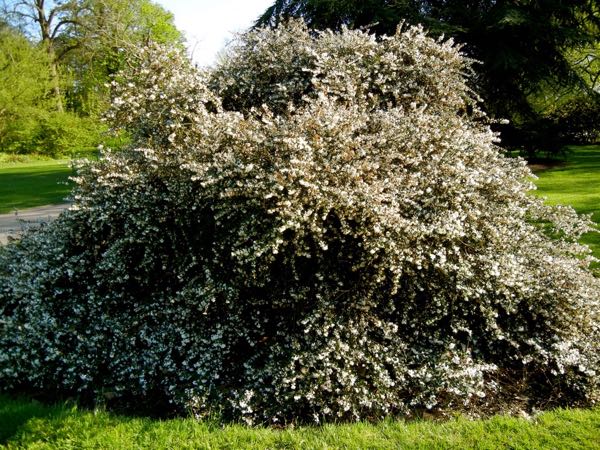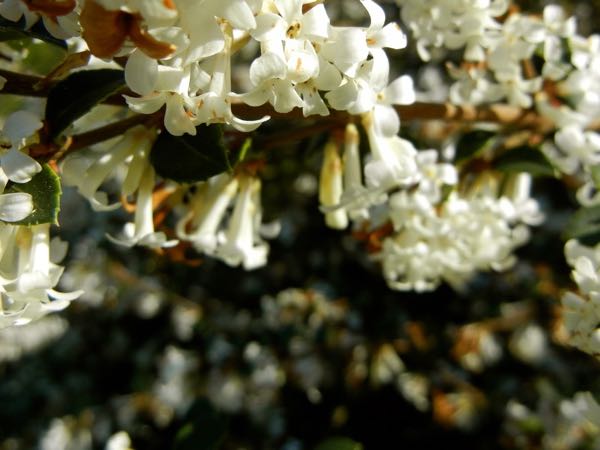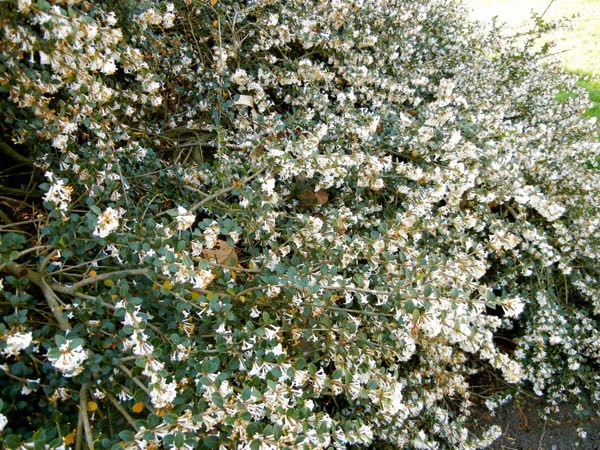Osmanthus delavayi: Embrace the Beauty of Delavay Osmanthus
Osmanthus delavayi, commonly known as Delavay osmanthus, is an evergreen, medium-sized shrub that belongs to the Oleaceae family. This family includes the olive trees and jasmine plants. Named after Père Jean-Marie Delavay, a French missionary and botanist who discovered this species in Southwest China, Osmanthus delavayi has captivated plant enthusiasts with its slow growth, fragrant flowers, and ornamental foliage.
Characteristics and Growth Habits: Osmanthus delavayi can reach a height of up to 6m or 20ft, making it an impressive presence in the garden or landscape. The foliage of this shrub is rounded or ovate, with a rich, dark green color that adds a touch of elegance to its overall appearance. During the spring season, clusters of white, fragrant flowers grace the branches, filling the air with a delightful scent. These blossoms are not only visually appealing but also attract pollinators to the garden. Following the flowering period, bluish-black berries emerge in autumn, adding a subtle touch of color and interest to the shrub.

Cultivating Osmanthus delavayi:
To ensure successful growth and vibrant blooms of Osmanthus delavayi, consider the following cultivation tips:
Light Requirements: Osmanthus delavayi thrives in both full sun and partial shade. It can tolerate a range of light conditions, making it a versatile choice for various garden settings.
Soil and Drainage: Plant your Delavay osmanthus in well-drained soil that is rich in organic matter. Adequate drainage is essential to prevent waterlogging and root rot. This shrub can adapt to different soil types, including loam, clay, and sandy soil.
Propagation: Osmanthus delavayi can be propagated through different methods, including seed propagation and semi-hardwood cuttings. Collect seeds from the berries and sow them in a suitable growing medium. Alternatively, take semi-hardwood cuttings and provide them with the right conditions for rooting. Patience is required, as this shrub has a slow growth rate.
Maintenance and Pruning: Osmanthus delavayi is generally disease-free and pest-free, making it a low-maintenance plant. However, it is advisable to prune any dead or diseased branches to promote healthy growth and maintain an attractive shape. Otherwise, this shrub does not require extensive pruning.
Other Synonyms: Osmanthus delavayi is primarily known by its scientific name, but it is worth noting that Delavay osmanthus is its common name. No widely recognized synonyms exist for this particular species.
With its striking appearance, delightful fragrance, and adaptability, Osmanthus delavayi is a valuable addition to any garden or landscape. Whether used as a focal point, hedge, or as part of mixed plantings, this evergreen shrub brings year-round beauty and elegance to outdoor spaces.





